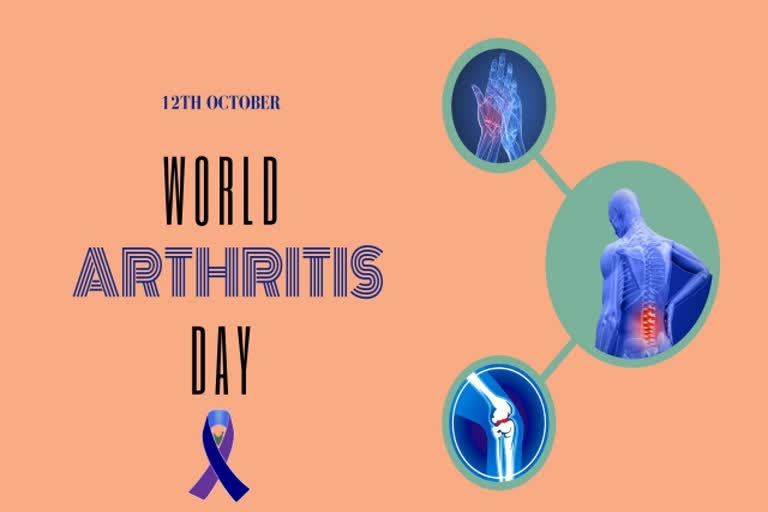Every year on 12 October, World Arthritis Day is observed. Arthritis is a very common problem that one tends to face as they age and people usually suffer with joint pain or inflammation of the joints, which affects their normal movements. The Centers for Disease Control and Prevention (CDC) states, “It describes more than 100 conditions that affect the joints, tissues around the joint, and other connective tissues. Specific symptoms vary depending on the type of arthritis, but usually include joint pain and stiffness”.
Types Of Arthritis
There are over 100 types of arthritis, categorised according to their causes and symptoms. CDC categorises the different types of arthritis in 6 categories, which are:
Osteoarthritis
Osteoarthritis (OA) is the most common form of arthritis. Some people call it degenerative joint disease or “wear and tear” arthritis. It occurs most frequently in the hands, hips, and knees.
Fibromyalgia
Fibromyalgia is a condition that causes pain all over the body (also referred to as widespread pain), sleep problems, fatigue, and often emotional and mental distress. People with fibromyalgia may be more sensitive to pain than people without fibromyalgia. This is called abnormal pain perception processing.
Rheumatoid arthritis
Rheumatoid arthritis, or RA, is an autoimmune and inflammatory disease, which means that your immune system attacks healthy cells in your body by mistake, causing inflammation (painful swelling) in the affected parts of the body. RA commonly affects joints in the hands, wrists, and knees. RA can also affect other tissues throughout the body and cause problems in organs such as the lungs, heart, and eyes.
Gout
Gout is a common form of inflammatory arthritis that is very painful. It usually affects one joint at a time (often the big toe joint). There are times when symptoms get worse, known as flares, and times when there are no symptoms, known as remission. Repeated bouts of gout can lead to gouty arthritis, a worsening form of arthritis. There is no cure for gout, but you can effectively treat and manage the condition with medication and self-management strategies.
Childhood arthritis
Arthritis in children is called childhood arthritis or juvenile arthritis. The most common type of childhood arthritis is juvenile idiopathic arthritis (JIA), also known as juvenile rheumatoid arthritis. Childhood arthritis can cause permanent physical damage to joints. This damage can make it hard for the child to do everyday things like walking or dressing and can result in disability.
Lupus
Lupus is a chronic, autoimmune disease that affects many different parts of the body. An autoimmune disease occurs when the body’s immune system attacks itself because it cannot tell the difference between healthy tissue and foreign invaders, such as bacteria and viruses.
Other types may include;
- Ankylosing spondylitis
- Psoriatic arthritis
- Reactive arthritis
- Infectious arthritis
- Septic arthritis
- Thumb arthritis
Do You Have Arthritis?
The most common warning signs when suffering from arthritis are:
- Pain
- Swelling
- Stiffness
- Difficulty in moving joint
- Morning stiffness
- Fever
- Fatigue
Other symptoms usually depend on the type of arthritis one is affected with.
Staying Active With Arthritis
Moderate and light exercises can ease the joint pain, swelling as well as your mood to a certain extent. However, it is usually recommended to take prior guidance from an expert to understand what exercises can be practiced, so that a wrong move doesn’t worsen the condition. CDC suggests a SMART tip:
Start low, go slow
Modify activity when arthritis symptoms increase, try to stay active.
Activities should be “joint friendly.”
Recognize safe places and ways to be active.
Talk to a health professional or certified exercise specialist.
Therefore, arthritis can be painful but diagnosing it at the right time can help in proper management and timely treatment (if available). Especially during the time of COVID-19, take sufficient care and do not skip on medications, as situations can worsen further.



